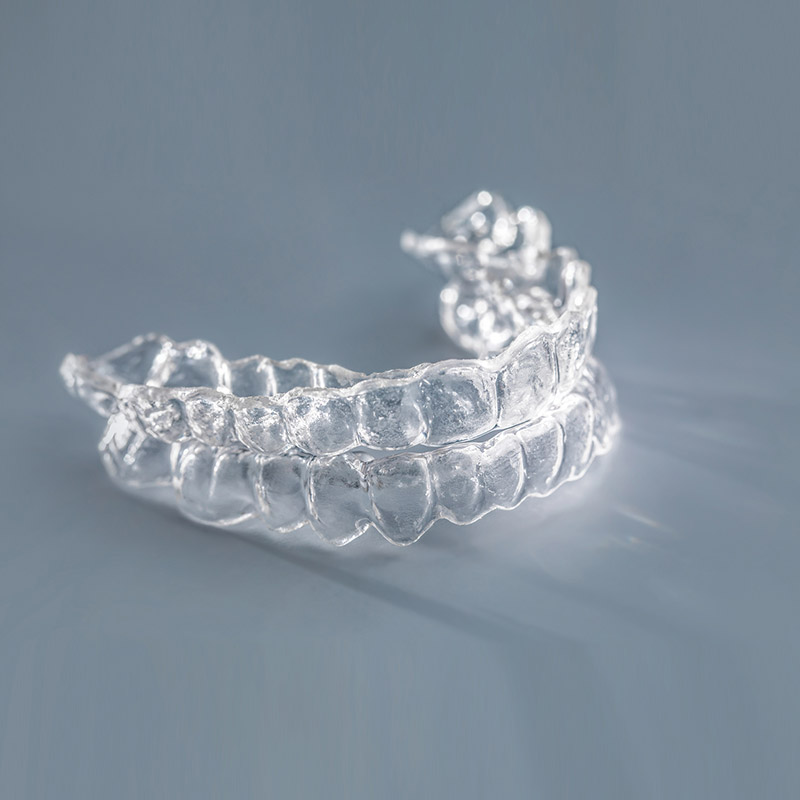Understanding the Basics: An Introduction to Orthodontic Appliances

Orthodontic appliances play a crucial role in correcting misalignments and achieving a perfect smile. This comprehensive guide aims to provide a detailed understanding of orthodontic appliances, their types, functions, and maintenance. Whether you are considering orthodontic treatment or simply curious about these devices, this article is the ideal starting point for your journey to a straighter, healthier smile.
1. What are Orthodontic Appliances?
Orthodontic appliances are devices used by orthodontists to treat dental irregularities and align the teeth and jaws effectively. These appliances work by applying gentle pressure over time to correct misalignments, close gaps, or improve jaw alignment. Orthodontic appliances are typically recommended for patients with conditions such as crooked teeth, overbites, underbites, or overcrowding.
2. Types of Orthodontic Appliances
There are various types of orthodontic appliances designed to suit different dental issues and patient preferences. The most common ones include:
- Traditional Braces: Consisting of brackets, archwires, and elastic bands, braces are highly effective in treating complex dental problems.
- Invisalign: These nearly invisible aligners are removable, providing a discreet alternative to traditional braces.
- Retainers: After orthodontic treatment, retainers help maintain the straightened teeth and prevent them from shifting back.
- Headgear: Headgear is used to correct jaw imbalances and create proper alignment.
- Space Maintainers: These devices hold the space for permanent teeth to erupt properly, commonly used in children.
3. How Orthodontic Appliances Work
Orthodontic appliances function by exerting continuous force on the teeth or jaws, gradually moving them into their desired positions. The pressure applied stimulates bone remodeling, allowing teeth to shift. Regular adjustments and checks by orthodontists ensure progress is on track.
4. Maintaining Orthodontic Appliances
Maintaining orthodontic appliances is crucial to ensure treatment success and oral health. Good oral hygiene practices, such as brushing and flossing properly, are vital. Additionally, avoiding certain foods, such as hard candies or sticky foods, can help prevent damage to the appliances. Regular visits to the orthodontist for adjustments and monitoring are also essential.
5. Benefits and Considerations
Orthodontic appliances offer numerous benefits beyond improving the aesthetics of your smile. They can correct bite issues, enhance speech, and improve overall oral health. However, it is important to consider factors such as treatment duration, potential discomfort, and financial considerations when opting for orthodontic appliances.
In conclusion, orthodontic appliances are remarkable tools that can transform smiles and boost self-confidence. Understanding their basics, types, functioning, maintenance, and weighing the benefits and considerations are crucial for informed decision-making. If you are seeking orthodontic treatment, consult with a qualified orthodontist who can recommend the most suitable appliances for your specific needs.




